Biochemistry: An Organic Chemistry Approach 1st Edition by Michael B. Smith, ISBN-13: 978-0815366454
[PDF eBook eTextbook]
- Publisher: CRC Press; 1st edition (May 14, 2020)
- Language: English
- 380 pages
- ISBN-10: 0815366450
- ISBN-13: 978-0815366454
Reactions in biochemistry can be explained by an understanding of fundamental organic chemistry principles and reactions. This paradigm is extended to biochemical principles and to myriad biomolecules.
Biochemistry: An Organic Chemistry Approach provides a framework for understanding various topics of biochemistry, including the chemical behavior of biomolecules, enzyme activity, and more. It goes beyond mere memorization. Using several techniques to develop a relational understanding, including homework, this text helps students fully grasp and better correlate the essential organic chemistry concepts with those concepts at the root of biochemistry. The goal is to better understand the fundamental principles of biochemistry.
Features:
- Presents a review chapter of fundamental organic chemistry principles and reactions.
- Presents and explains the fundamental principles of biochemistry using principles and common reactions of organic chemistry.
- Discusses enzymes, proteins, fatty acids, lipids, vitamins, hormones, nucleic acids and other biomolecules by comparing and contrasting them with the organic chemistry reactions that constitute the foundation of these classes of biomolecules.
- Discusses the organic synthesis and reactions of amino acids, carbohydrates, nucleic acids and other biomolecules.
“There is a continuing demand for up to date organic & bio-organic chemistry undergraduate textbooks. This well planned text builds upon a successful existing work and adds content relevant to biomolecules and biological activity”.
-Professor Philip Page, Emeritus Professor, School of Chemistry University of East Anglia, UK
“Introduces the key concepts of organic chemistry in a succinct and clear way”.
-Andre Cobb, KCL, UK
“Describing an interesting way to teach biochemistry, especially in conjunction with organic chemistry, this textbook should find application at many schools. The first of 15 chapters is a review of the fundamentals of an organic chemistry course, but a full course may be necessary for beginners to benefit from further study. Subsequent discussion of organic reactions and mechanisms will be more meaningful for students already familiar with organic chemistry basics. Chapter 2 describes acid-base chemistry, elimination reactions, and the importance of water in chemistry. Chapter 3 discusses nucleophilic substitution; chapter 4 explains free radical reactions. Subsequent chapters discuss, respectively, dienes, conjugated systems, sigmatropic rearrangements, enols and enolate reactions, enzymes, enzyme kinetics, carboxylic acid and derivatives, lipids, aromatic chemistry, heteroaromatic chemistry, organometallic compounds, biologically relevant metals, chelating reagents, amino acids, peptides, proteins, carbohydrates and derivatives, glycosides, nucleosides, nucleotides, DNA, and RNA. Each chapter concludes with homework questions; finally, chapter 16 includes the answers to the questions. Common abbreviations are listed at the beginning of the book, and several compounds and functional groups also have line formulas or partial structures shown. The book can be used by teachers and students of chemistry, and will be useful for all chemists as a review”.
–R. E. Buntrock, independent scholar
Summing Up: Recommended. Lower- and upper-division undergraduates. Graduate students, faculty, and professionals.
Professor Michael B. Smith was born in Detroit, Michigan, and moved to Madison Heights, Virginia, in 1957. He graduated from Amherst County High School in 1964. He worked at Old Dominion Box Factory for a year after graduation and then started college at Ferrum Jr. College in 1965. He graduated in 1967 with an A.A. and began studies at Virginia Tech later that year, graduating with a B.S. in Chemistry in 1969. He worked as a chemist at the Newport News Shipbuilding & Dry Dock Co, Newport News, Virginia, from 1969 until 1972. In 1972 he began studies in graduate school at Purdue University in West Lafayette, Indiana, working with Prof. Joseph Wolinsky. He graduated in 1977 with a Ph.D. in Organic Chemistry. He took a postdoctoral position at Arizona State University in Tempe, Arizona, working on the isolation of anti-cancer agents from marine animals with Professor Bob Pettit. After one year, he took another postdoctoral position at MIT in Cambridge, Massachusetts, working on the synthesis of the anti-cancer drug bleomycin with Professor Sidney Hecht. Professor Smith began his independent career as an assistant professor in the Chemistry department at the University of Connecticut, Storrs, Connecticut, in 1979. He received tenure in 1986, and spent six months on sabbatical in Belgium, with Professor Leon Ghosez at the Universite Catholique de Louvain in Louvain la Neuve, Belgium. He was promoted to full professor in 1994 and spent his entire career at UCONN. Prof. Smith’s research involved the synthesis of biologically interesting molecules. His most recent work involved the preparation of functionalized indocyanine dyes for the detection of hypoxic cancerous tumors (breast cancer). Another project involved the synthesis of inflammatory lipids derived from the dental pathogen, Porphyromonas gingivalis. He has published 26 books, including Organic Chemistry: An Acid-Base Approach, 2nd edition (Taylor & Francis), the 5th–8th editions of March’s Advanced Organic Chemistry (Wiley), and Organic Synthesis, 4th edition (Elsevier), winner of a 2018 Texty Award. Prof. Smith published 96 peer-reviewed research papers and retired from UCONN in January of 2017.
What makes us different?
• Instant Download
• Always Competitive Pricing
• 100% Privacy
• FREE Sample Available
• 24-7 LIVE Customer Support

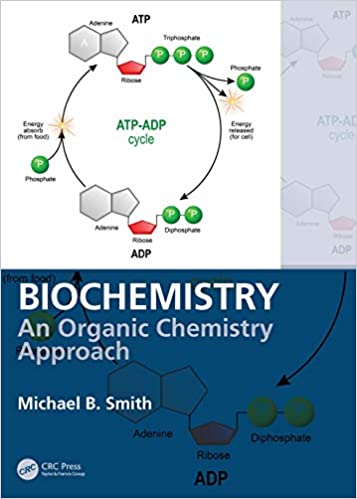
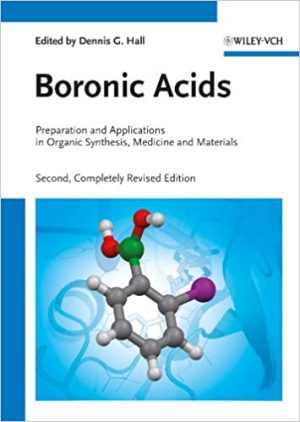
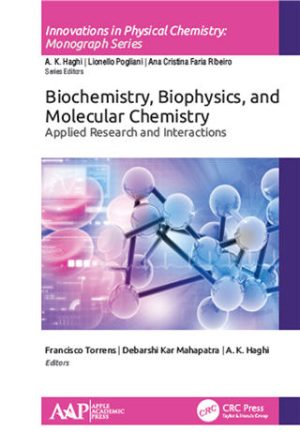
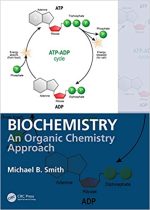

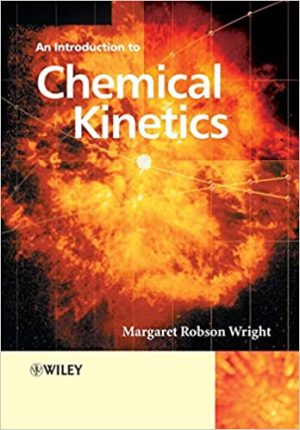
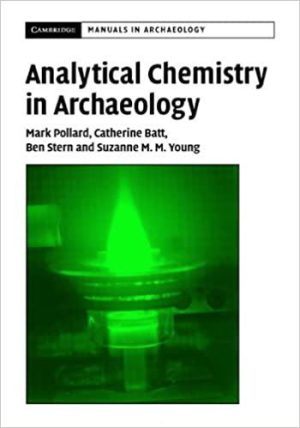

Reviews
There are no reviews yet.